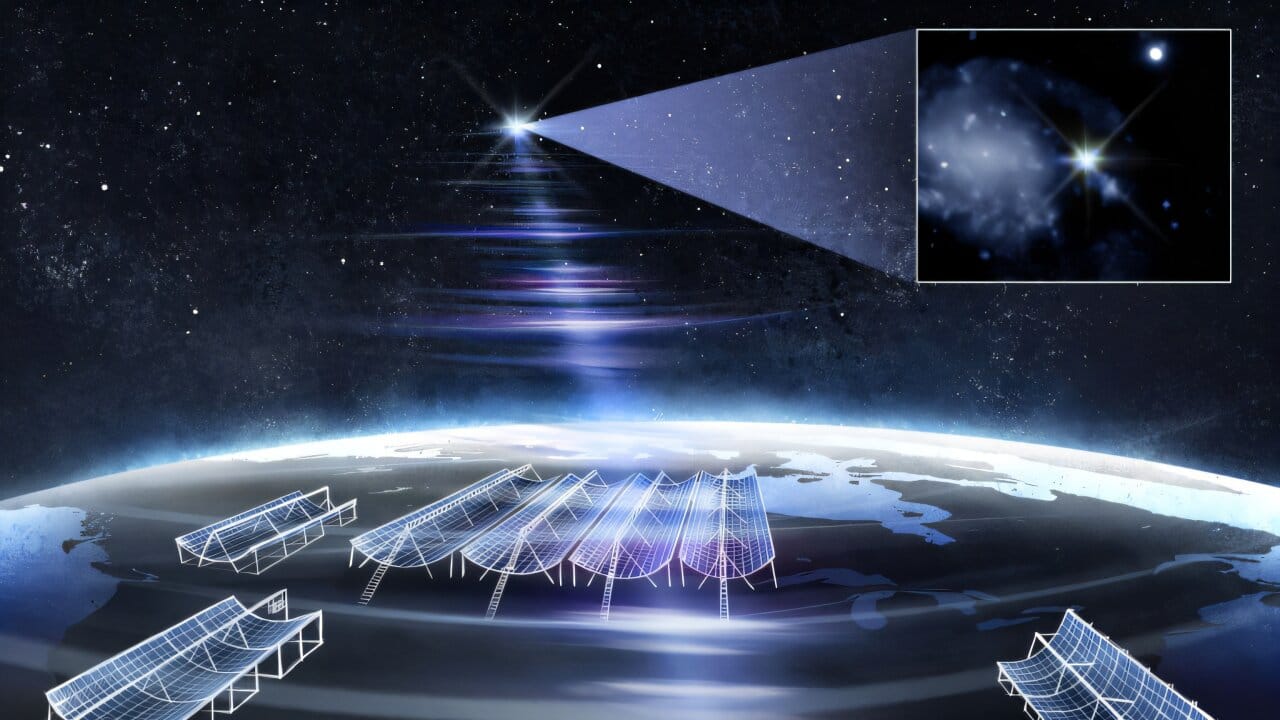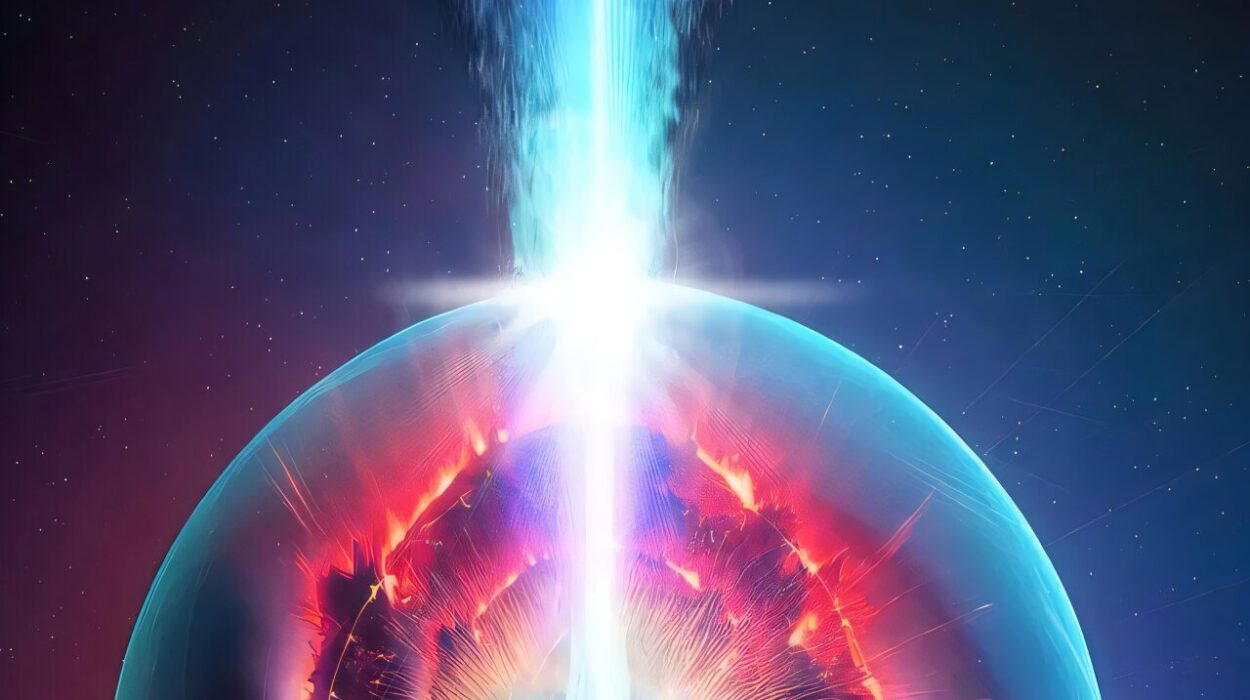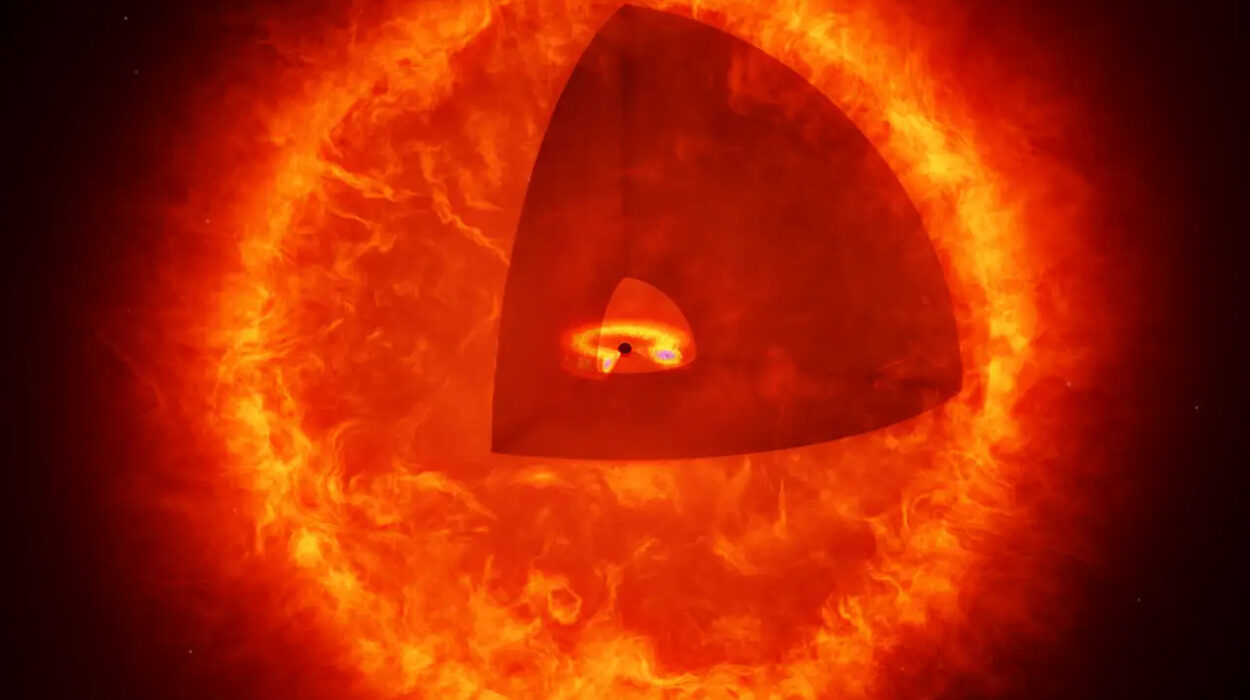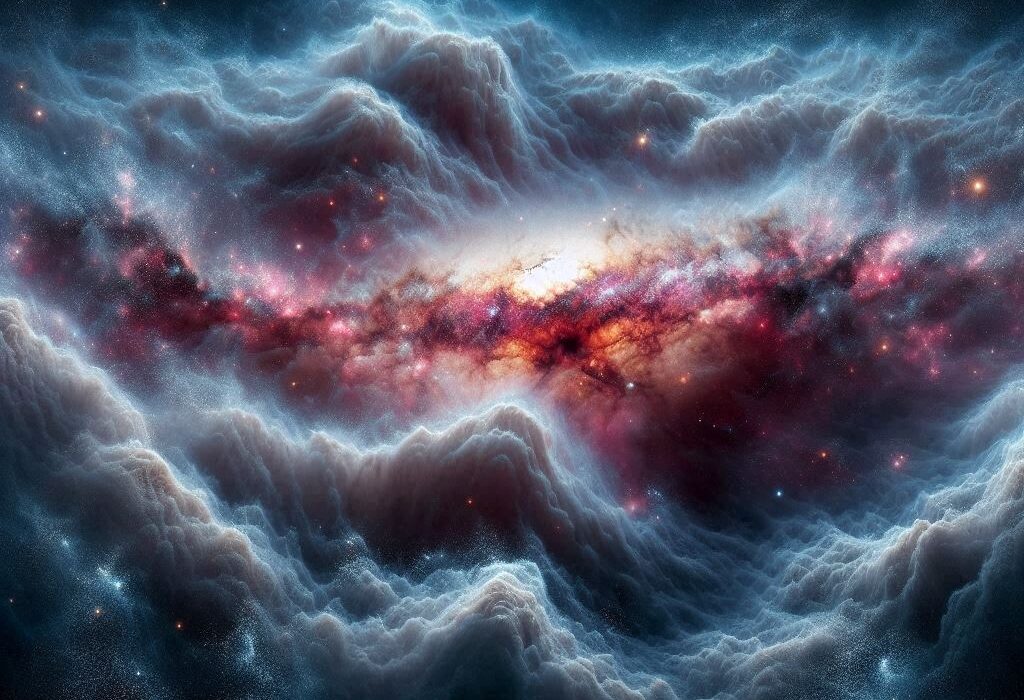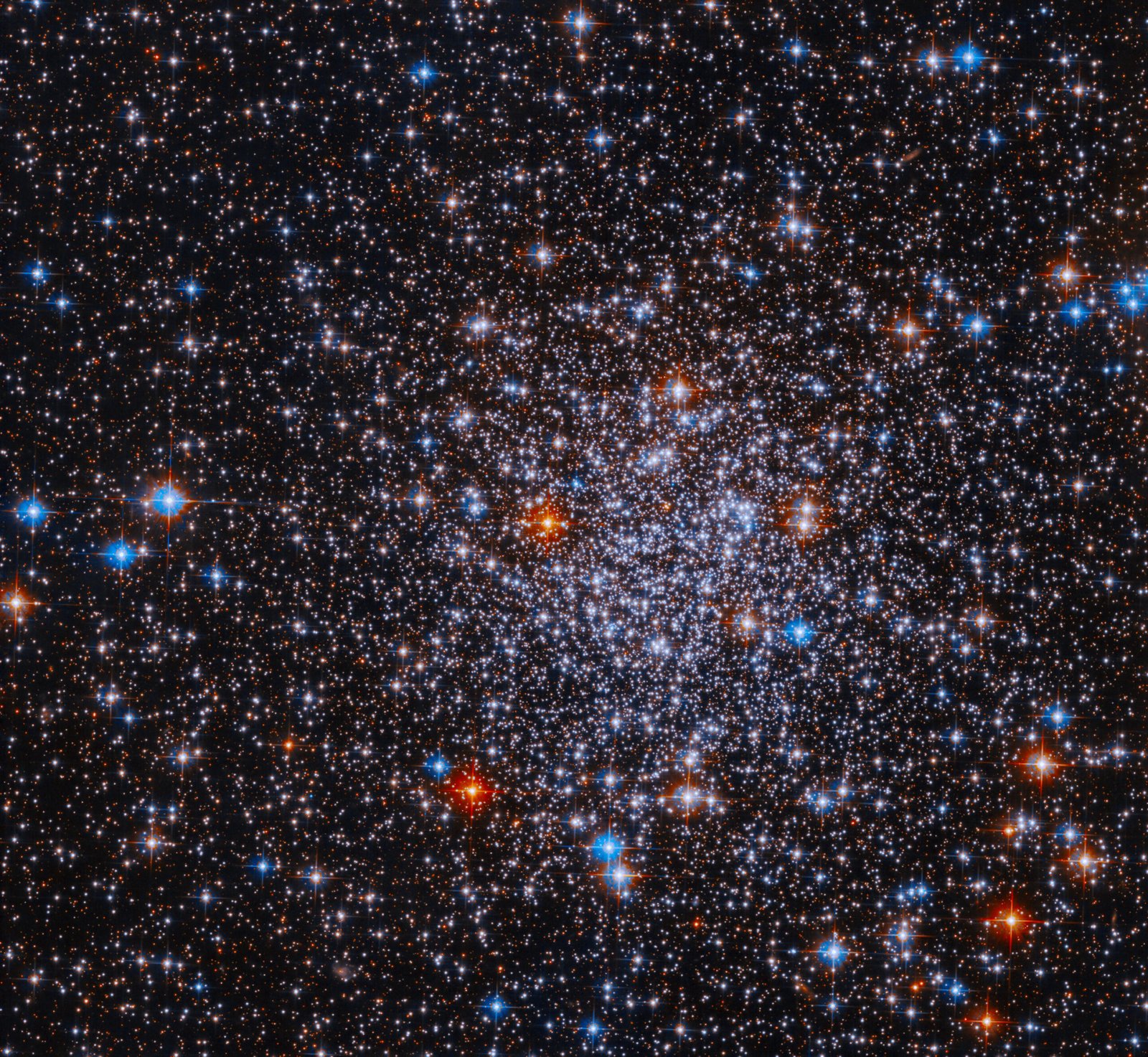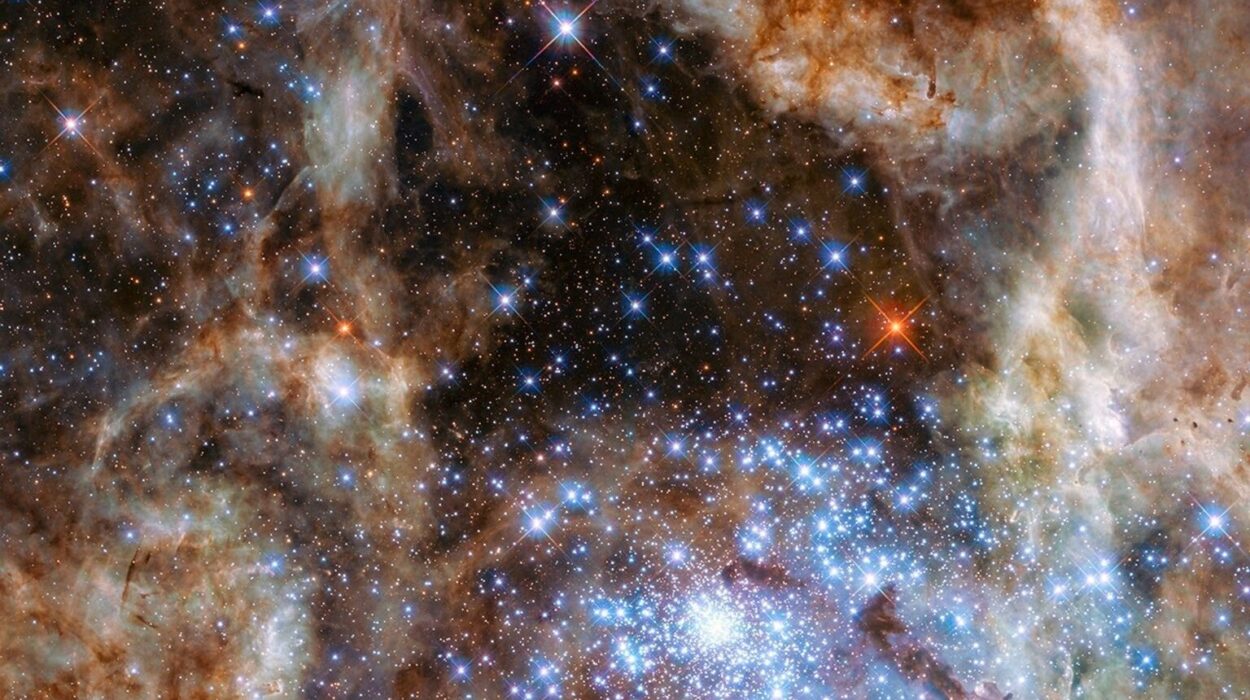In the vast silence of the universe, astronomers recently caught something extraordinary—a flash so bright, so quick, and so powerful that it stunned even seasoned researchers. This event, officially named FRB 20250316A, has earned a striking nickname: RBFLOAT, short for Radio Brightest Flash Of All Time. Detected by an international team of astronomers, RBFLOAT has become one of the brightest fast radio bursts (FRBs) ever observed. Even more remarkable, scientists managed to do what has often seemed impossible—they pinpointed its cosmic birthplace, a nearby galaxy called NGC 4141.
The discovery doesn’t just add a new entry to the growing catalog of FRBs; it offers rare clues to one of astrophysics’ most enduring mysteries.
What Exactly Are Fast Radio Bursts?
Fast Radio Bursts, or FRBs, are millisecond-long flashes of radio waves that come from deep space. Imagine a cosmic camera flash, but one so powerful it can outshine entire galaxies in radio energy—only to vanish in the blink of an eye. They were first discovered in 2007, and since then, hundreds have been recorded. Yet their true origin remains unsolved.
The leading suspects are extreme cosmic phenomena: the collapse of neutron stars, magnetic storms from magnetars, or perhaps even interactions we don’t yet understand. But FRBs are notoriously elusive. They appear suddenly, without warning, and then disappear forever, leaving astronomers with only fragments of data to analyze.
This is what makes RBFLOAT so exceptional: not only was it brighter than almost any FRB detected before, but astronomers also managed to trace it back to the galaxy that gave it life.
How Astronomers Caught the Brightest Burst
The discovery of RBFLOAT was made possible by one of the most powerful instruments designed for FRB hunting—the Canadian Hydrogen Intensity Mapping Experiment (CHIME). CHIME is no ordinary telescope. Instead of the traditional dish, it consists of massive cylindrical reflectors in British Columbia that constantly scan the skies for radio signals.
But CHIME doesn’t work alone. It is part of a network of telescopes—known as outriggers—distributed across North America. These additional sites, including one located at the U.S. National Science Foundation’s Green Bank Observatory in West Virginia, give CHIME the ability to perform very long baseline interferometry (VLBI). In simple terms, this technique allows multiple telescopes spread across vast distances to work together as if they were one giant telescope.
When CHIME detected RBFLOAT, the Green Bank Outrigger played a crucial role. By combining signals from all locations, the team could measure the FRB’s position with astonishing precision—down to tens of milliarcseconds. At the distance of NGC 4141, this corresponds to about 13 parsecs, or 45 light-years. In cosmic terms, that’s like finding a needle in a haystack the size of a galaxy.
The Role of NASA’s James Webb Space Telescope
To confirm the discovery, astronomers turned to another giant of modern astronomy: NASA’s James Webb Space Telescope (JWST). With its unparalleled ability to peer deep into galaxies, JWST was able to gather information about NGC 4141 itself—the host galaxy of RBFLOAT.
This multi-instrument collaboration is key to modern astrophysics. CHIME captures the fleeting radio flash, while JWST provides the larger cosmic context: the structure, age, and star-forming regions of the host galaxy. Together, they paint a picture not only of the event but also of the environment that made it possible.
Why This Discovery Matters
The brightness of RBFLOAT alone is enough to turn heads, but its importance goes far beyond spectacle. Pinpointing its exact location means astronomers can now study its environment in detail, narrowing down the possible origins of FRBs. Was it born in a region with young, massive stars likely to produce magnetars? Or did it emerge from a quieter part of the galaxy, suggesting a different cause?
Each FRB successfully traced back to its home galaxy acts like a breadcrumb, helping scientists connect the dots of this cosmic puzzle. With RBFLOAT, researchers have one of the clearest crumbs yet.
A Window Into the Unknown
Even with this breakthrough, FRBs remain one of the universe’s great enigmas. Each detection deepens the mystery while offering tantalizing hints. The sheer energy packed into a single millisecond flash challenges our understanding of physics. How can something so brief be so immensely powerful?
Some FRBs repeat, while others appear only once. Some are dim, while others—like RBFLOAT—are dazzlingly bright. It is possible that multiple astrophysical processes are at work, meaning FRBs might not all share a single origin.
For now, scientists know this much: every new discovery like RBFLOAT pushes the frontier of human knowledge further, bringing us closer to answers about the most extreme phenomena the cosmos has to offer.
The Human Side of Discovery
Behind the telescopes and equations are human beings driven by curiosity. Researchers like Fengqiu Adam Dong, a Jansky Fellow at the Green Bank Observatory and co-author on the discovery, dedicate years of their lives to chasing signals that may last only milliseconds. It is a humbling pursuit—searching for meaning in the faint whispers of the universe.
For Dong and his colleagues, the moment RBFLOAT appeared on their data was not just a scientific milestone but also an emotional one: the sudden realization that they had caught something extraordinary, something that might change the way we understand the universe.
The Next Chapter in the FRB Story
RBFLOAT is not the end of the story, but a beginning. Its brightness and traceable location mark a turning point in FRB research. With instruments like CHIME, JWST, and next-generation radio observatories, astronomers hope to detect more of these brilliant cosmic flashes and finally unravel their origins.
The mystery of FRBs captures something deeply human: the longing to understand forces larger than ourselves, the thrill of discovery, and the reminder that the universe still holds secrets waiting to be unveiled.
Somewhere out there, at any moment, another flash may be racing toward Earth, carrying with it clues about the most extreme environments in the cosmos. And when it arrives, astronomers will be ready to listen.
More information: FRB 20250316A: A Brilliant and Nearby One-Off Fast Radio Burst Localized to 13 parsec Precision, arXiv (2025). DOI: 10.48550/arxiv.2506.19006
